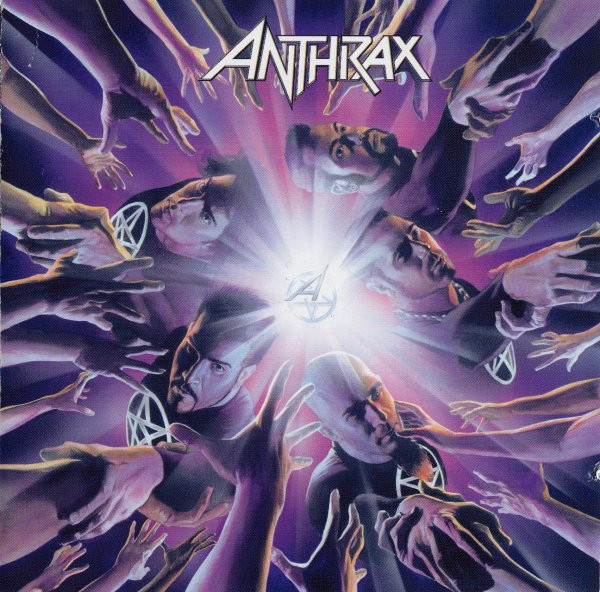What Is Dungeons and Dragons? by John Butterfield, Philip Parker, and David Honigmann (Warner, 1984)
This 1984 mass-market paperback was a delightful find, as well as a charming—if slightly befuddling—read. Originally published in England two years prior, the book was written by three teenagers attending the boarding school Eton College. At the time of its initial publication, the authors had been playing Dungeons & Dragons for five years and had started the “Strat. Soc.”—a school club—to play the game with other students and friends. What a windfall this book project must have been to such students—even if they didn’t make a bunch of money on the book deal. Certainly a bit of egoboo for such young writers.
The book actually answers the question of its title on the cover: “A fantastic game of magic and sorcery! The fastest growing game in the Western World!” And Warner Books considered the book a game book rather than a broader pop culture title, promoting additional books in the end pages, including Games for the Superintelligent, The New York Times Crossword Puzzle Dictionary, and M.A.S.H. Trivia: The Unofficial Quiz Book. Dungeons & Dragons, while in a growth phase, was not yet the cultural force it remains today.
Inside the pages of the book, the authors divided writing duties by section, “[r]ather than write every word by committee.” The book is organized in chapters that concentrate on an orientation to role-playing games, character generation, dungeon design, adventures, the Dungeon Master, figures and other accessories (including magazines and modules), computers, and other role-playing games and genres—offering a helpful snapshot of the early days of role-playing games. That said, the book largely draws on the then-available Basic and Expert sets of Dungeons & Dragons, as well as Advanced Dungeons & Dragons as its foundation, appropriate given the book’s title.
Examples of gameplay are offered in prose, and one section pairs a narrative telling of gameplay with a description of the game mechanics behind the scenes on facing pages. A sample character sheet is included, as well as a playable mini-module, “The Shrine of Kollchap,” which I hope to DM for a group some day, perhaps using Old School Essentials, if not one of the original systems. (Additional characters might be able to be recreated given details and statistics sprinkled throughout the text.)
I was particularly interested in the survey of the early-1980s role-playing game industry. The book nods to the game’s emergence from miniature wargaming and mentions fantasy miniatures rules such as TSR’s Swords and Spells and tabletop games including Asgard’s Reaper and Skytrex’s Middle Earth. The use of miniatures—and a comparison of different scales—is also addressed. Additional role-playing games of the time include Aftermath, Boot Hill, Bunnies and Burrows, Chivalry and Sorcery, DragonQuest, Empire of the Petal Throne, En Garde!, The Fantasy Trip, Gamma World, Gangster!, Metamorphosis Alpha, The Morrow Project, RuneQuest, Skull and Crossbones, Space Opera, Starships and Spacemen, Superhero 2044, Top Secret, Traveller, Tunnels and Trolls, Universe, Villains and Vigilantes, and others—as well as adjacent board games. At the time, the authors estimated that there were more than 50 role-playing systems available.
When discussing modules available for DM use, the book touches on TSR’s modules, as well as those offered by Judges Guild, such as Caverns of Thracia, Mines of Custalcon, and Survival of the Fittest. The authors also focus on available magazines, showing a clear preference for White Dwarf while mentioning Dragon as “[p]rinted in America … [and] more expensive than White Dwarf.” Additional magazines mentioned include Military Modelling (which incorporated Battle), Ares (the house magazine for DragonQuest), The Journal of the Traveller’s Aid Society, Sorcerer’s Apprentice (Tunnels and Trolls), and Different Worlds (RuneQuest).
Their treatment of fanzines is relatively dismissive, while citing British fanzines The Beholder, DragonLords, and The Stormlord as the best of the bunch. The authors suggest that fanzine fiction is generally bad and that with fanzines, “you have to take the rough with the smooth, and there is usually a lot of rough. … Fewer publications might improve quality, because all the good articles would tend to accumulate in the remaining fanzines.” Resonating with the discussion of fiction in magazines and fanzines, the book ends with a Bibliography of recommended fantasy literature and adjacent genres—similar to Gary Gygax’s Appendix N.
The book was a very fun read, particularly as a historical artifact of interest to this long-time role-playing game enthusiast. (I’ve been playing since 1983, so I started playing about when this book came out; I was a little younger than the authors.) But its existence intrigues me. I’m not sure why someone would have bought this book then—instead of one of the existing games on the market, perhaps even D&D itself. Throughout the book, the authors discuss prices, even comparing prices, and at $2.95, the book was less expensive than the D&D Basic Set or the AD&D Players Handbook—but you could play neither game, nor any of the others mentioned, after reading it.
It was an opportunistic title, capitalizing on growing public attention toward the game—and role-playing games in general—similar to third-party Rubiks Cube or how to play Pokemon books. I’m also curious why a British book had to be reprinted in the United States—rather than turning to an author or authors closer to home. Role-playing game-oriented amateur press association Alarums and Excursions launched in 1975 and The Wild Hunt was founded in 1979, so there was already a culture of writing about role-playing games in the States. Meanwhile, the fanzine The Oracle started publication in 1982. The book’s origin in the United Kingdom isn’t problematic—mostly evident in the authors’ preference for White Dwarf and its neglect of American fanzines entirely—but the importation is a curiosity.
I wonder if the authors are still around—and if they still huck dice.







